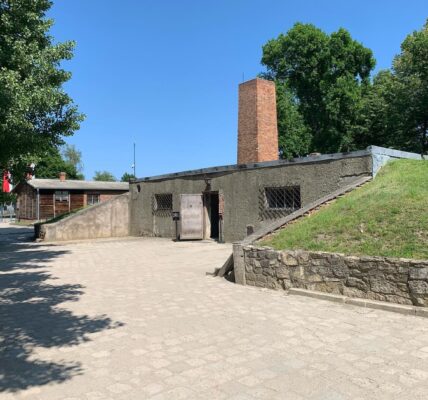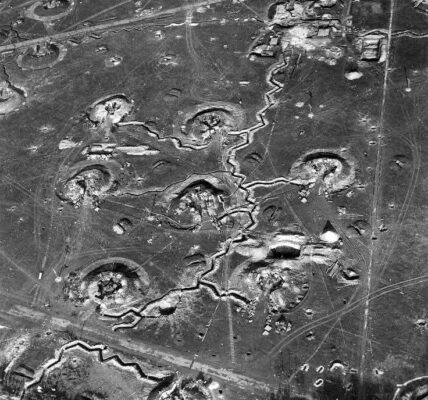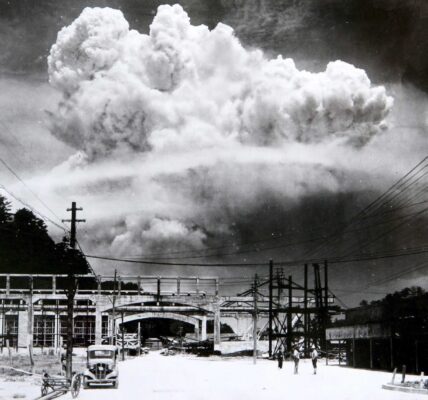
Two Ukrainian askaris peer into a doorway, past the bodies of Jews killed during the suppression of the Warsaw Ghetto Uprising in 1943.
Two Ukrainian askaris peer into a doorway, past the bodies of Jews killed during the suppression of the Warsaw Ghetto Uprising. The original German caption reads: “Ukrainian askaris deployed during the operation.”
During World War II, the Germans used the term “Askaris” for deserters from the Red Army who formed units that fought against the Red Army and participated in other actions on the Eastern Front.
They were mostly Ukrainians and Russians. The Askari troops were not part of the SS, but merely auxiliary troops. The word Askari is a loanword from Arabic and means “soldier,” which in turn comes from the Persian (lascar – “army”).
In the context of World War II, the term is often associated with collaborationism and (in the case of the occupied Soviet territories) with anti-Bolshevism (and is often portrayed as such by the Germans).
From April 19 to May 16, 1943, during World War II (1939–1945), residents of the Jewish ghetto in Nazi-occupied Warsaw, Poland, staged an armed uprising against deportations to extermination camps.
On April 19, 1943, the Warsaw Ghetto Uprising began after German troops and police entered the ghetto to deport the surviving residents. 750 fighters fought against the heavily armed and well-trained Germans.
The ghetto fighters managed to hold out for almost a month, but on May 16, 1943, the uprising ended. The Germans had slowly crushed the resistance. Of the more than 56,000 imprisoned Jews, approximately 7,000 were shot, and the rest were deported to camps. This uprising was the largest Jewish uprising of World War II.
(Image credit: Federal Archives).




